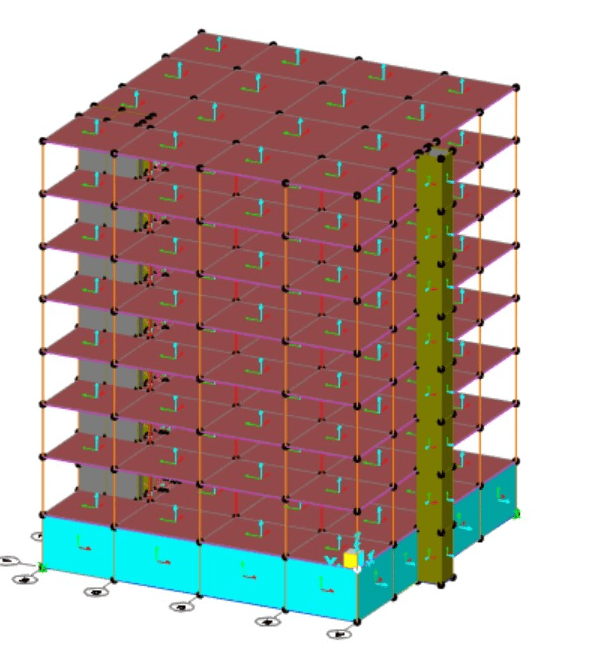Radu Mehelean
Civil/Environmental
- Apr 19, 2023
- 8
Hello, i am currently working in sap2000 and i am designing a composite steel concrete building, with steel frames and concrete floor. The issue i have is that i have very big stress on the slabs around the columns (-100knm), using the IPE 270 steel frames. But if i change them to concrete frames, the stress looks normal. What am i doing wrong, or what should i do to reduce those stresses. I shall also add that i used the transformation method for the beams, and i used property modifiers for the frame’s cross section area and moment of inertia.

